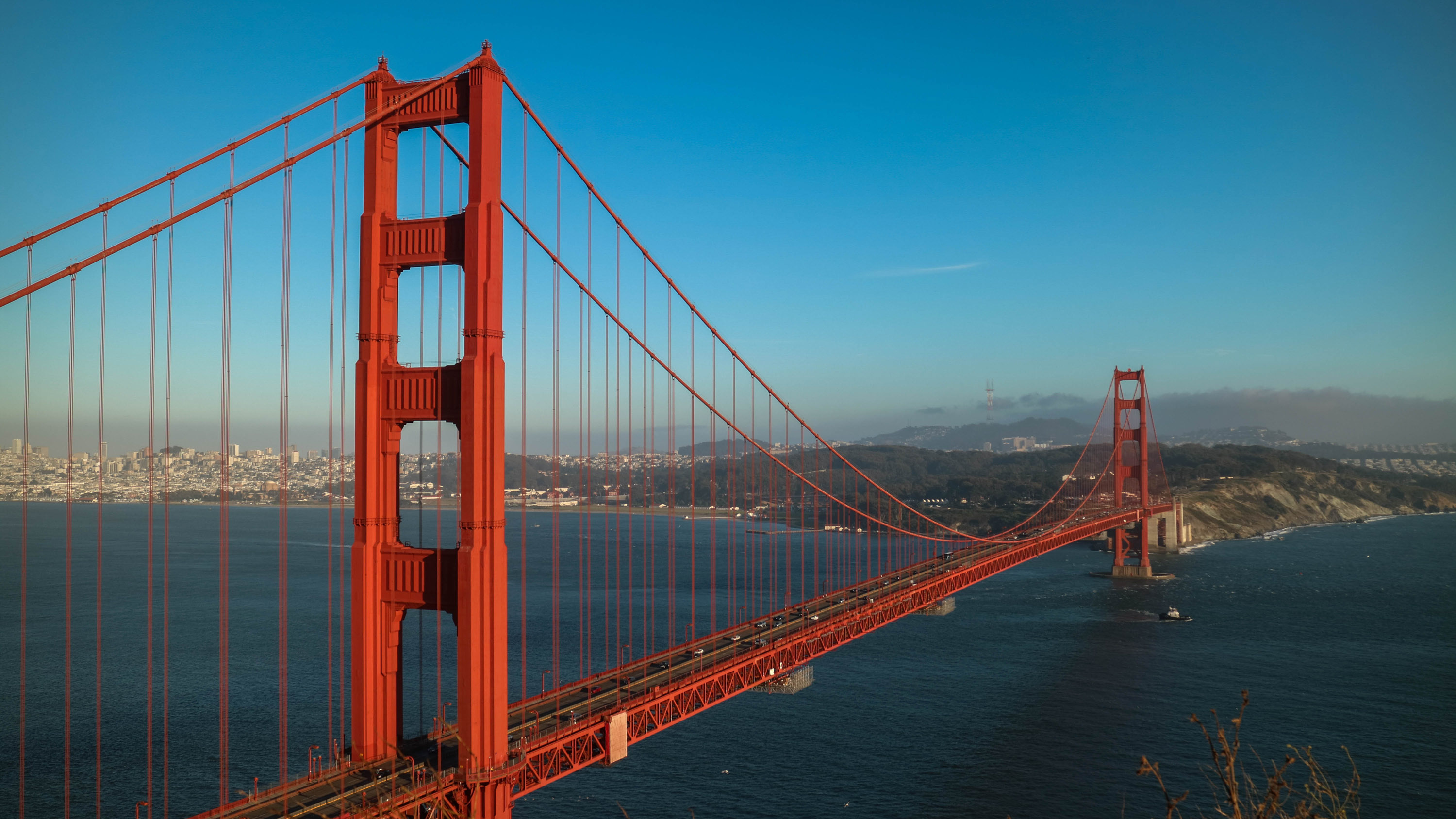Trump continues his all-out assaults on California and climate action

President Trump has launched yet another attack on two of his favorite targets: climate rules and Californians.
In the latest broadside, the administration filed a lawsuit challenging the constitutionality of the state’s cap-and-trade program, a centerpiece of its ambitious efforts to slash climate pollution in the coming decades.
At issue is the fact that the carbon marketplace, which allows companies to buy or sell a shrinking number of allowances to emit greenhouse gases, incorporates the Canadian province of Quebec. The suit argues that agreement constitutes the sort of compact that only the federal government can enter into.
It’s part of the White House’s ongoing efforts to unravel any climate rules that threaten fossil-fuel interests, and pander to a base of supporters who abhor California’s relatively progressive policies and people on general principle (call it lack-of-virtue signaling).
“The White House is yet again continuing its political vendetta against California, our climate policies, and the health of our communities,” Governor Gavin Newsom said in a statement.
Last month, the Department of Justice launched an investigation into four automakers that struck a deal with California to build more fuel-efficient vehicles, in an end run around the administration’s efforts to roll back Obama-era auto regulations. Legal observers suggested that the arguments for such an investigation were preposterous.
This time around, however, the administration may have a stronger case. Legal scholars previously noted that the cap-and-trade program was at risk of just such a legal challenge. And as the LA Times noted in an editorial, “The Constitution isn’t exactly vague on that point; Article I declares that ‘No state shall enter into any Treaty, Alliance or Confederation.’”
Indeed, the Supreme Court already found that an earlier California law encroached into the federal government’s domain over foreign affairs.
“This is a tougher legal question than other, more dubious claims that the administration has bought” over various climate policies, says Danny Cullenward, an energy economist and lawyer at the Carnegie Institution.
California will likely argue in its defense that the linked markets don’t amount to a treaty, since the statements in the documents don’t create specific legal rights or obligations, he says.
The state is relying on the cap-and-trade program to account for nearly 40% of its emissions cuts through 2030, or roughly 240 million metric tons, according to the state’s projections. Though a variety of challenges have limited its effectiveness to date, the program is still widely seen as a critical test case for how well such market-based mechanisms can really work.
A successful legal challenge would force California to split its market from Quebec’s, limiting the size and effectiveness of the carbon trading scheme. It would also mean that any allowances that California companies had already obtained from within Quebec would effectively become worthless. The filing alone may also discourage other states from pursuing similar cross-boundary pacts.
Deep Dive
Climate change and energy
The problem with plug-in hybrids? Their drivers.
Plug-in hybrids are often sold as a transition to EVs, but new data from Europe shows we’re still underestimating the emissions they produce.
Harvard has halted its long-planned atmospheric geoengineering experiment
The decision follows years of controversy and the departure of one of the program’s key researchers.
Why hydrogen is losing the race to power cleaner cars
Batteries are dominating zero-emissions vehicles, and the fuel has better uses elsewhere.
Decarbonizing production of energy is a quick win
Clean technologies, including carbon management platforms, enable the global energy industry to play a crucial role in the transition to net zero.
Stay connected
Get the latest updates from
MIT Technology Review
Discover special offers, top stories, upcoming events, and more.